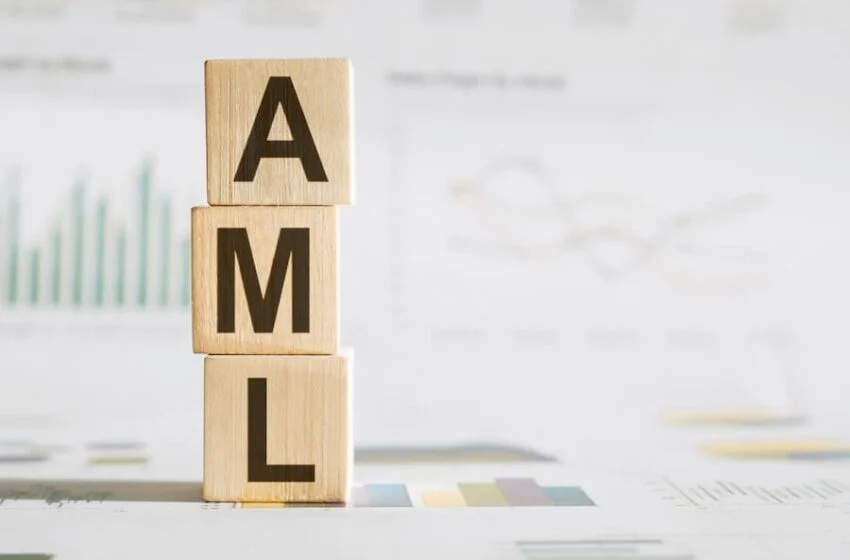
A risk-based approach to AML – Using red flags
In the ever-evolving landscape of anti-money laundering (AML) regulations, the conveyancing sector remains a high-risk area.
According to the recent SRA AML Report, one of the most common reasons for receiving AML reports is the failure to conduct Source of Funds (SoF) checks.
This short guide will explore the importance of understanding the source of funds, the role of red flags, and how Armalytix Risk Insights can streamline this process, providing a robust and compliant approach to your KYC checks.
Understanding Source of Funds
Why it matters: The source of funds is pivotal in assessing transaction risk. Without a clear audit trail and methodology, firms are at risk of non-compliance.
Audit trail: A comprehensive SoF check is more than just examining bank statements; it involves understanding your client, making informed decisions within risk parameters, and documenting your methodology. This documentation becomes crucial when facing internal or regulatory reviews.
Risk reduction: Properly understanding the source of funds significantly reduces the risk of money laundering. While there has been some improvement in this area, firms must do more, especially in high-risk transactions.
The SRA noted:
“Understanding the source of funds is crucial to understanding the risk of
the transaction. While several firms were able to provide an explanation of the enquiries they made, on a large proportion of files there was no audit trail.”
Armalytix says:
A full and proper SoF check is not just about bank statements or technology, it is about understanding your client and evidencing your methodology. Why? If the SRA or CLC audits your files, you can explain the rationale behind decisions you have made.
The Role of Red Flags
Customised red flags: Firms should establish a list of red flags in their AML policies, tailored to their specific operations. While it’s impossible to anticipate every potential red flag, creating a non-exhaustive list helps fee earners identify transactions that appear out of the ordinary.
Adapting to evolving methods: Criminals continuously adapt their money laundering methods. Red flags serve as early warning signs, allowing firms to stay vigilant and responsive to emerging threats.
The SRA report says:
“Firms’ AML policies should outline a list of potential red flags that fee
earners must be aware of. These red flags should be tailored to the firm. We accept that it is impossible to list every possible red flag, given that criminals are constantly adapting their methods to launder money. However, the inclusion of a non-exhaustive list will help fee earners identify transactions that may be out of the ordinary.”
Armalytix says:
Our risk insights allow firms to set their own risk parameters that will
automatically flag risky clients early and will be a single checklist, particular to that firm. We are pleased that our technology delivers what the regulators are recommending.
Leveraging Armalytix Risk Insights
Streamlined compliance: The AML landscape is intricate and ever-changing, making it challenging to manually conduct checks effectively. Armalytix Risk Insights technology streamlines the process, simplifying complex tasks and ensuring full compliance.
Data gathering: The technology gathers relevant financial data and situational information, reducing the manual workload for fee earners.
Client questionnaires: Armalytix Risk Insights technology provides tailored client questionnaires and fact-finding tools, facilitating comprehensive due diligence.
Red Flag Identification: The system analyses and categorises data, identifying potential red flags that align with your firm’s risk parameters. Your firm, your red flags.
Simplicity and efficiency: In the competitive conveyancing market, checks need to be fast and straightforward for both conveyancers and clients. Armalytix Risk Insights technology offers a user-friendly solution that accelerates the process.
The SRA report says:
“Understanding the source of funds to be used in a transaction is a
fundamental part of the risk-based approach. If someone understands
whether the source of funds are legitimate, the risk of money laundering is greatly reduced. While we have seen a slight improvement, firms need
to do more in this area and check source of funds more often than we are
seeing them do, especially in high-risk transactions.”
Armalytix says:
At its heart, a SoF check is about understanding your client properly to come to the best decision within your risk parameters and then practically being able to evidence your methodology. If and when an internal or regulator review comes around, it’s critical to be able to explain the rationale and provide an audit trail to back it up. Armalytix helps with exactly this, allowing both fee earner and client to provide all the information they need.’
In conclusion, understanding the source of funds and implementing red flags are essential elements of a risk-based AML approach.
While the conveyancing sector faces regulatory challenges, technology like Armalytix Risk Insights streamlines compliance efforts, making it simpler for firms to meet SoF regulations, provide audit trails, and combat financial crime.
By embracing these tools and practices, firms can enhance their commitment to AML compliance and contribute to the ongoing battle against money laundering, and especially help lawyers identify those transactions that may be out of the ordinary.
Make it simpler for your firm to spot the clients you shouldn’t be dealing with.



